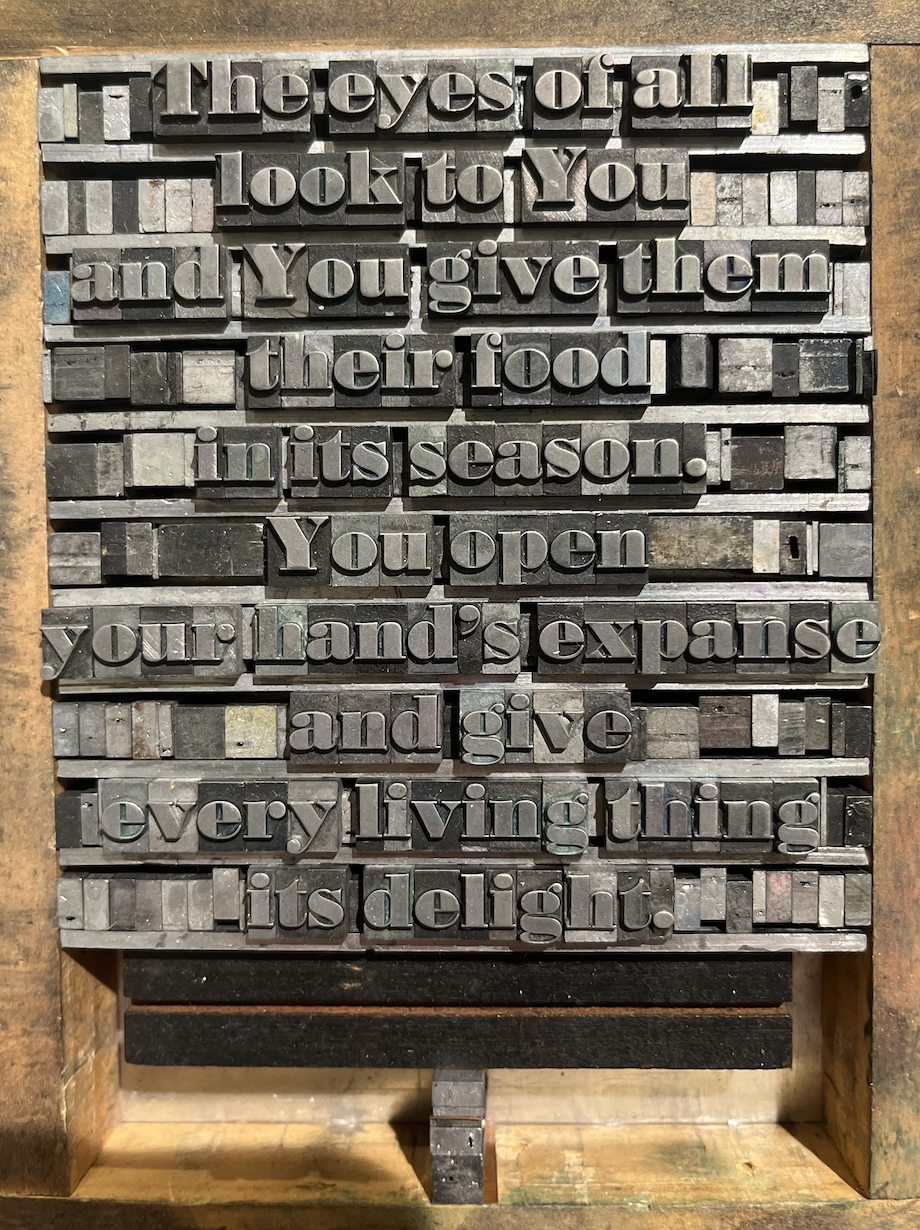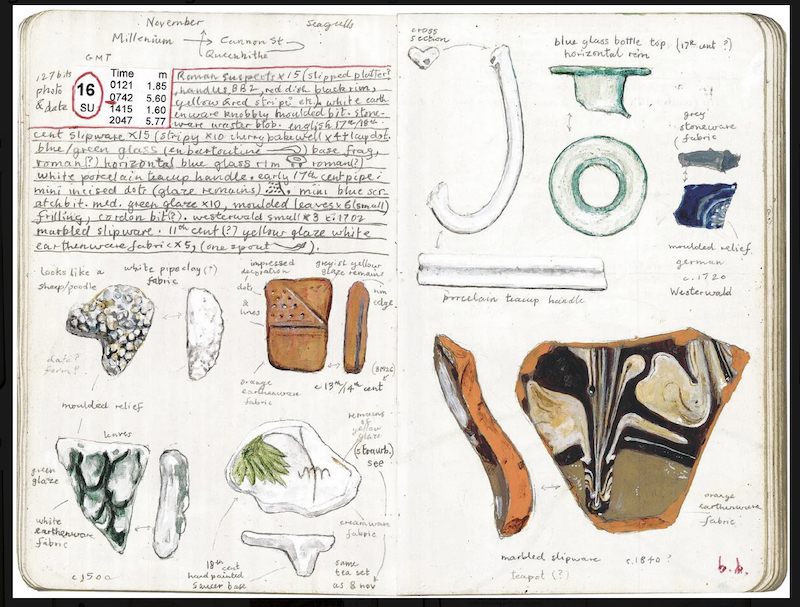Mudlarkers and Drinking Fountains


The Sussex Downs in Winter by Eric Ravilious (1935)

From an exhibition by the Society of Technotextnicians
John Ruskin, from The Seven Lamps of Architecture (1849):
God has lent us the earth for our life; it is a great entail. It belongs as much to those who are to come after us, and whose names are already written in the book of creation, as to us; and we have no right, by anything that we do or neglect, to involve them in unnecessary penalties, or deprive them of benefits which it was in our power to bequeath. And this the more, because it is one of the appointed conditions of the labor of men that, in proportion to the time between the seed-sowing and the harvest, is the fulness of the fruit; and that generally, therefore, the farther off we place our aim, and the less we desire to be ourselves the witnesses of what we have labored for, the more wide and rich will be the measure of our success. Men cannot benefit those that are with them as they can benefit those who come after them; and of all the pulpits from which human voice is ever sent forth, there is none from which it reaches so far as from the grave.

From a 1933 nightclub map of Harlem — see a large image of the whole map here.
A long and wonderful essay by the inimitable Shannon Mattern on the history, the sociology, and the aesthetics of public drinking fountains.
I wrote about
- the unfortunate domestication of William Blake
- the nature of Denethor’s despair
- the editing of Roald Dahl by “sensitivity readers”
and, in the Hedgehog Review, about Hope Mirrlees’ wonderful novel Lud-in-the-Mist.
